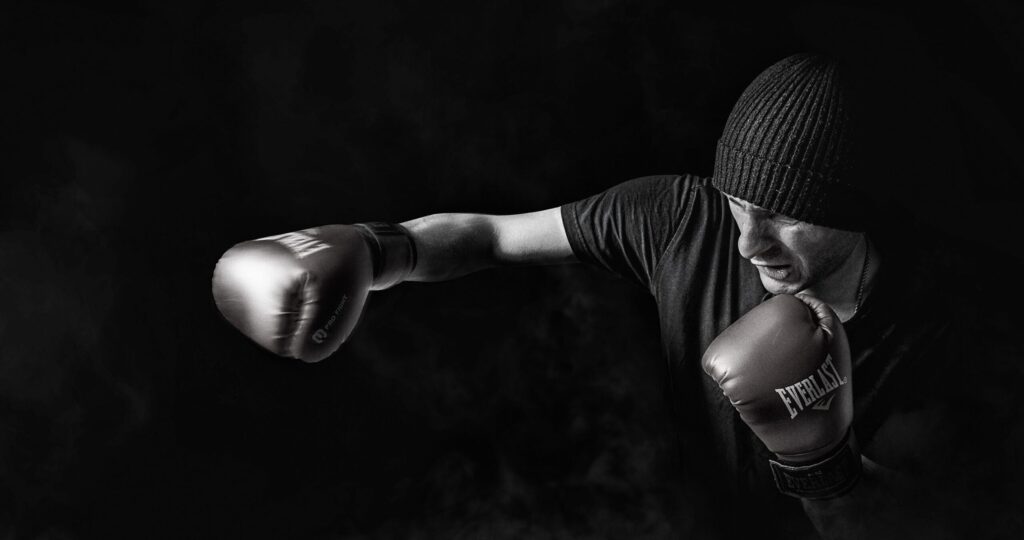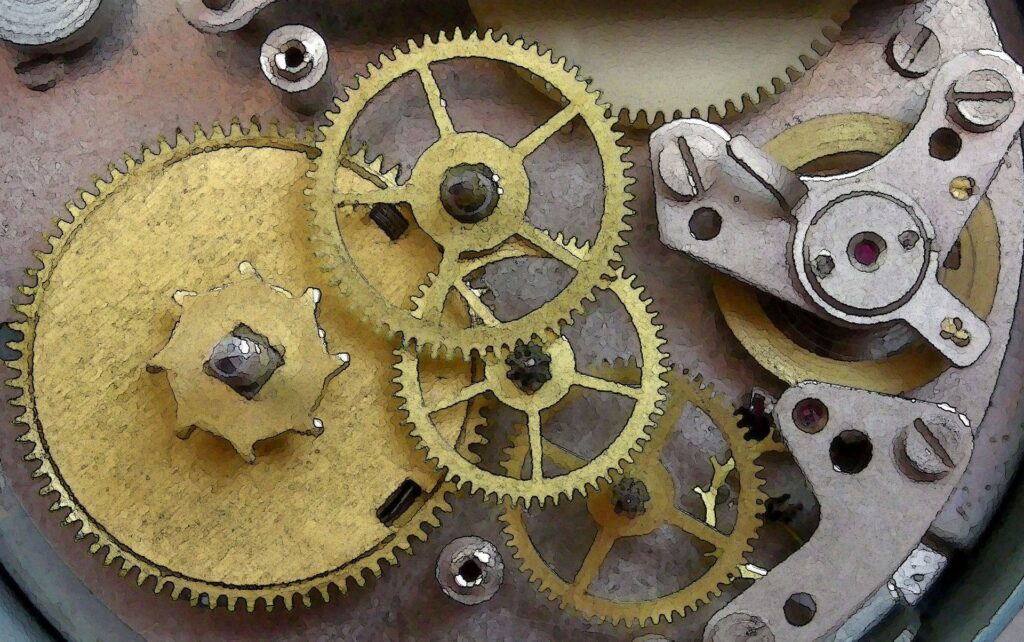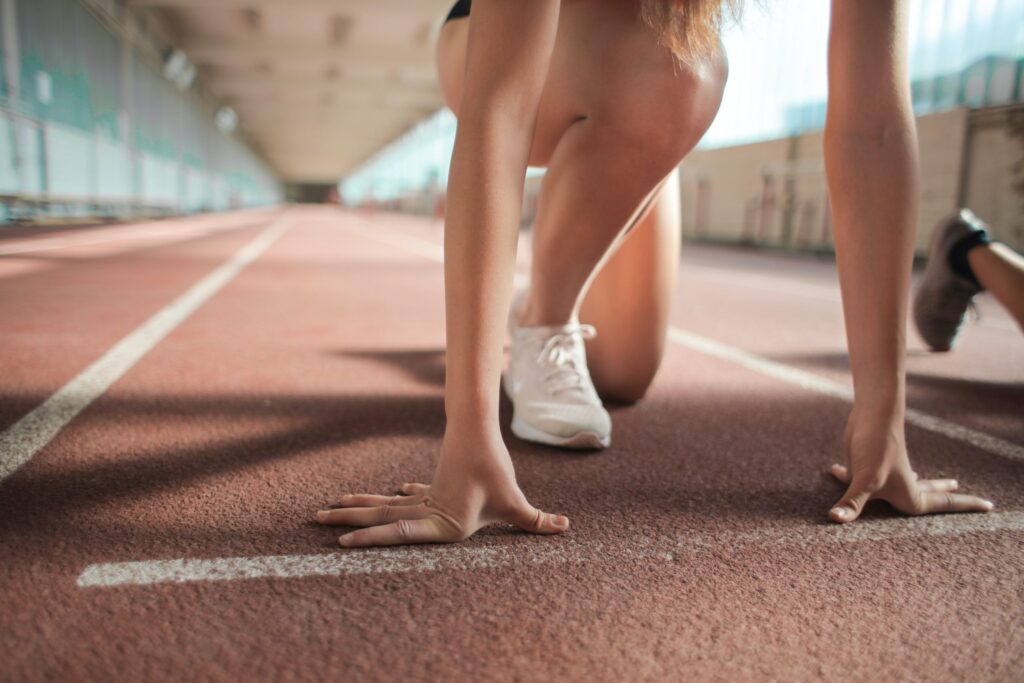The Three Ms of Excellence

The idea of pursuing personal excellence is great, but functionally how do you do it?
I’ve written about beating the boredom of repetitive drilling, and promoting an excellence mindset. Yet when you get the opportunity to really up the quality of what you’re doing, where do you focus?
Below is a piece of guidance material I have put together for instructors at Duello that touches on three lenses you can use for targeting both correction and improvement in any technique: Mechanics, Movement, and Martiality.
Mechanics
Definition: The biomechanics and physicality of a given technique.
Improvement/Correction Areas
- Position/Configuration (are the weapon and your body parts aligned appropriately to accomplish the goals of the technique?)
- Ground connection and balance (foot placement and stabilization)
- Alignment (feet, hips, spine, shoulders, arms, wrists/hands, weapon)
- Walk through this with any position from the ground up or from weapons down.
- Look at the start position and end position that frames every technique.
- Engagement (ensuring the right muscles are engaged or relaxed)
Challenge
- Get deeper
- Increase extension
- Engage your body more powerfully (core engagement, chest engagement, back engagement)
- Build endurance (increase your capacity to hold a particular posture without tiring/shaking)
Movement
Definition: Structure in motion, coordination, and order of operations.
Improvement/Correction Areas
- Order (moving the right thing first)
- Crispness (hitting the way-points throughout the whole movement)
- Smoothness (moving fluidly, efficiently, and with mechanical alignment through the whole movement)
- Movement mechanics (using the correct muscles, the correct limbs, and the correct weapon parts to generate movement e.g. cranking the bottom hand in a cut rather than using the top hand to generate leverage.)
- Movement precision (stepping exactly where you want, aligning the weapon best to do its job, achieving the balance of “as much as necessary, as little as possible”)
Challenge
- Faster (can you do the motion faster while maintaining its mechanical and movement correctness?)
- Slower (can you do the motion slower while maintaining your balance, groundedness, and movement?)
- Power (can you engage appropriate strength and suddenness while maintaining mechanics and movement correctness?)
Martiality
Definition: Effectively achieving martial ends, putting technique in context, aligning mindset with body position.
Improvement/Correction Areas
- Relaxation (Using the right muscles at the right time. Engagement not tension)
- Acting in context (even in a solo drill – know your context)
Challenge
- Maintaining guard through entry and exit from action
- Bringing breathing in line with effort
- Adding complexity (actions in front or behind the target action)
- Tactically cuing (adding choice around the target action)
Incorporating the Three Ms into Your Practice
As a teacher plan the Three Ms into your outlines. With every exercise you present consider what you are looking for from mechanics, movement, and martiality. Plan an easier and a more challenging version of drills to expand your adaptability to your students.
As a practitioner engage yourself, your peers, and your teachers in conversation around the Three Ms. Choose a category of focus and seek to challenge yourself there. Make a recording of yourself and then review it with these qualities in mind.
Remember that training and learning are not linear paths, but a continuum, a mosaic of interlocking pieces. There will always be dozens of areas to improve and work in one area will always reveal more to do in another. Enjoy the process and don’t get down on yourself for falling short of perfect.
Excellence is about renewal, challenge, and growth. Perfection is about managing expectations. So pursue excellence and channel perfection.
Train well everyone,
Devon





Responses